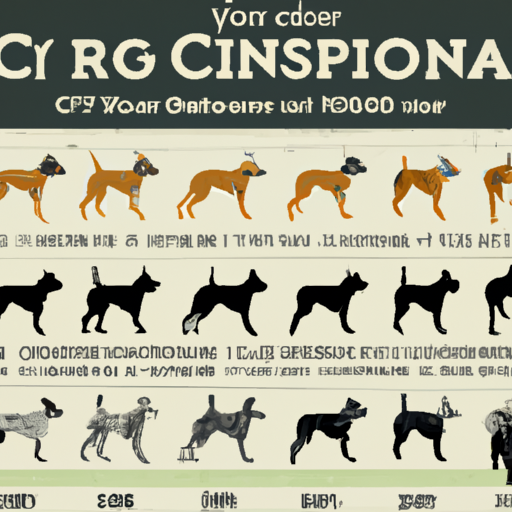Understanding Your Dog’s Age
In your role as a caregiver, it is vital for you to know that your furry friend’s age is not just a simple multiplication of seven. Although this is a common belief, it is a misconception. The truth is, the aging of dogs varies with their size and breed.
The Science Behind Dog Years
Scientists have made significant strides in understanding how dogs age. Their findings reveal that dogs age rapidly during their first year, essentially reaching adolescence by the time they are one. This means that a one-year-old dog is more akin to a 15-year-old human.
Moreover, by the time they are two, dogs are approximately equivalent to a 24-year-old human. After this, their aging process slows down, with each subsequent dog year being about five human years.
Calculating Your Dog’s Age
To help you keep track of your dog’s age, here is a simple table showing the approximate age of dogs in human years depending on their size:
| Dog’s Age | Small Breed Age (in human years) | Medium Breed Age (in human years) | Large Breed Age (in human years) |
|---|---|---|---|
| 1 | 15 | 15 | 15 |
| 2 | 24 | 24 | 24 |
| 3 | 29 | 29 | 29 |
| 4 | 34 | 34 | 34 |
| 5 | 38 | 38 | 40 |
| 6 | 42 | 42 | 45 |
| 7 | 47 | 47 | 50 |
| 8 | 51 | 51 | 55 |
| 9 | 56 | 56 | 61 |
| 10 | 60 | 60 | 66 |
Why Does It Matter?
By understanding your dog’s age in human years, you can provide better care and anticipate potential health issues. For instance, dogs are considered seniors when they reach about seven years, regardless of their size. At this age, they may need additional veterinary care and a specialized diet to keep them healthy and happy.
What Does This Mean for You as a Caregiver?
As a caregiver, understanding your dog’s age in human years allows you to provide optimal care at each stage of their life. You’ll be more informed about what to expect as they age, how their needs may change, and when to seek veterinary advice.
FAQ
- Is it true that a dog year equals seven human years?
- No, this is a common misconception. Dogs age more rapidly during their first two years, and then the aging process slows down.
- Do all dogs age at the same rate?
- No, the aging process varies depending on the dog’s size and breed.
- At what age is a dog considered a senior?
- Most dogs are considered seniors when they reach about seven years old.
- How can I find out my dog’s age in human years?
- You can use the table provided above as a general guide. However, it’s always best to consult with a veterinarian for the most accurate information.
- Why is it important to know my dog’s age in human years?
- Knowing your dog’s age in human years can help you provide better care and anticipate potential health issues.



